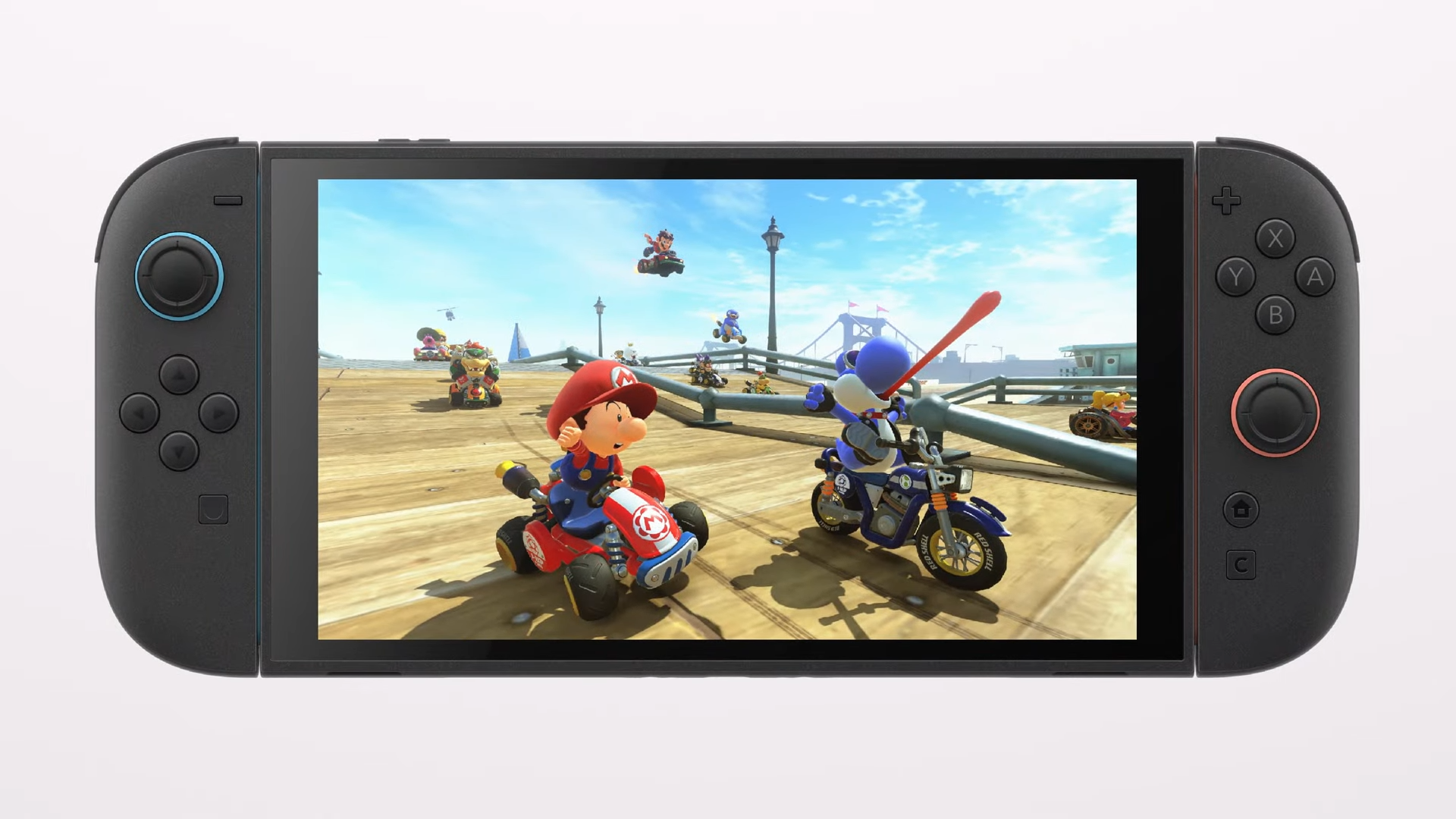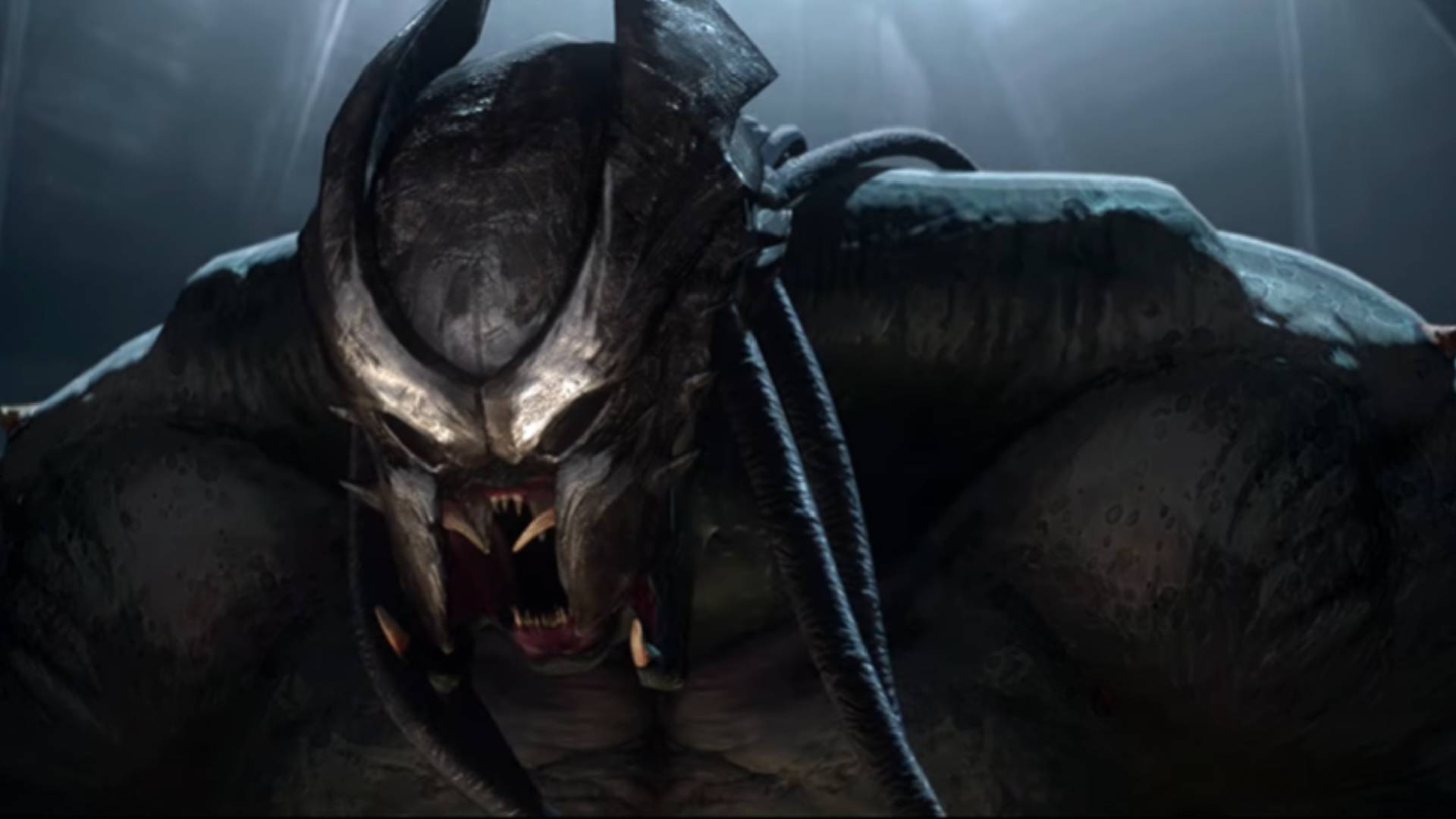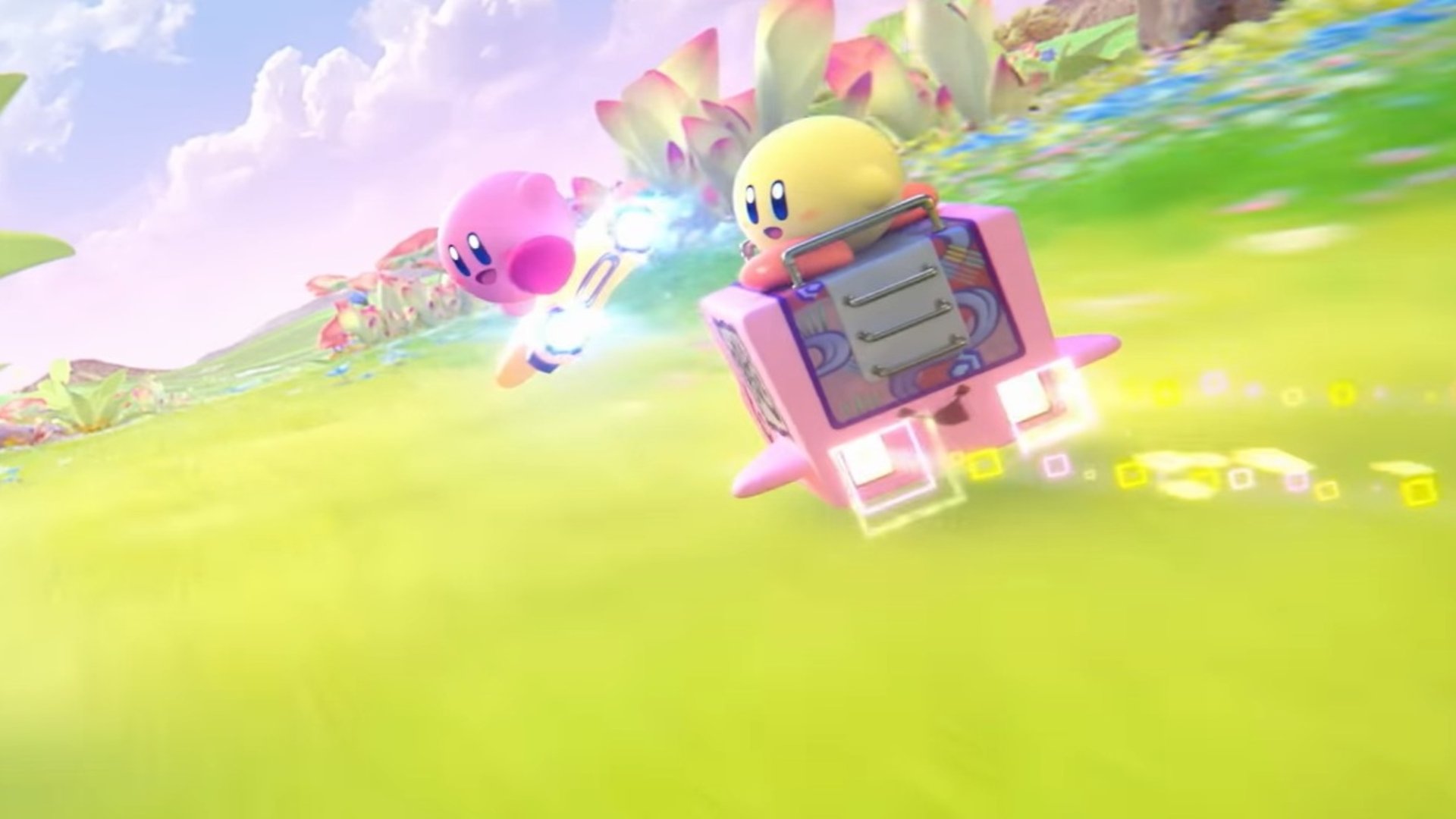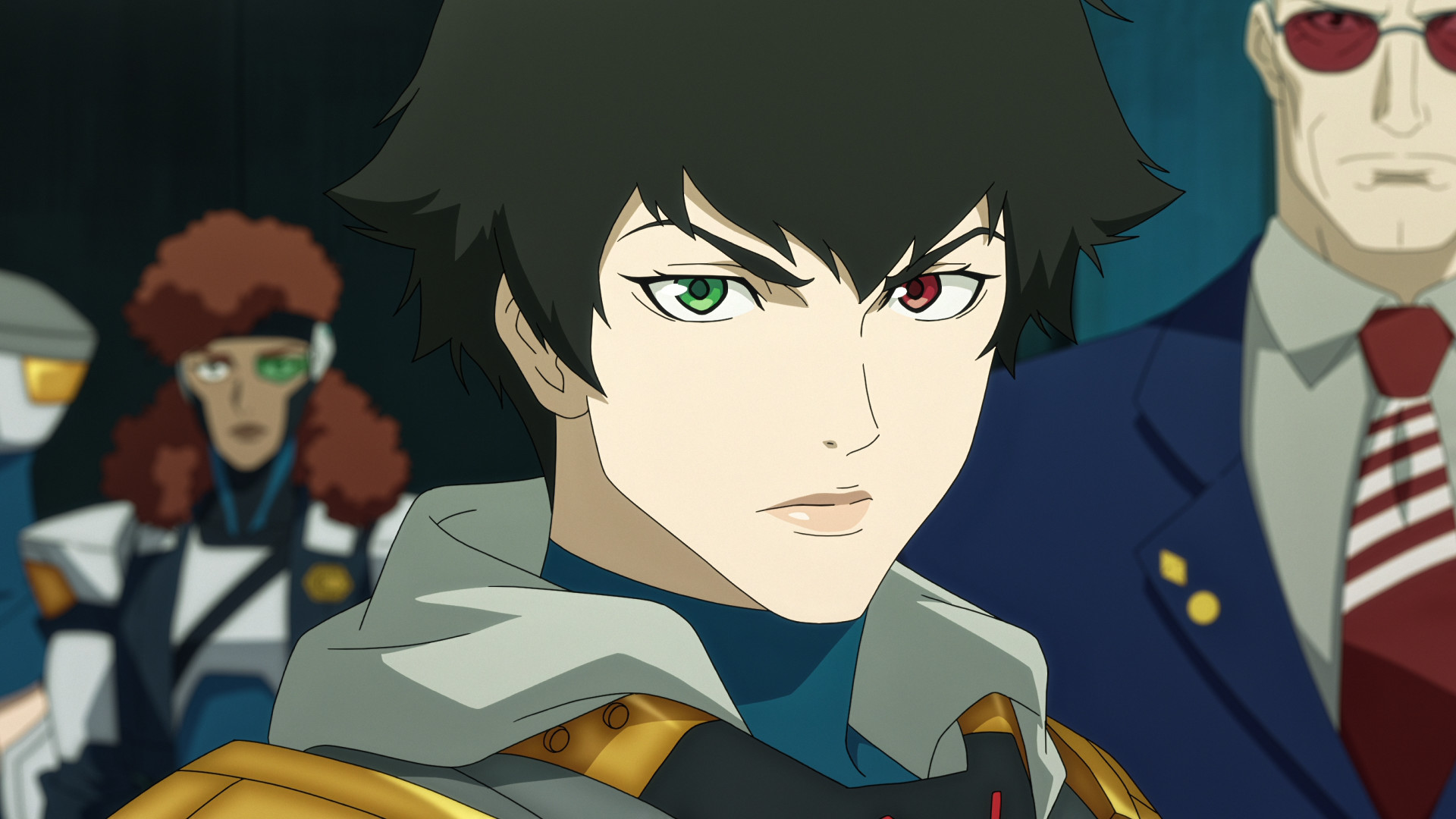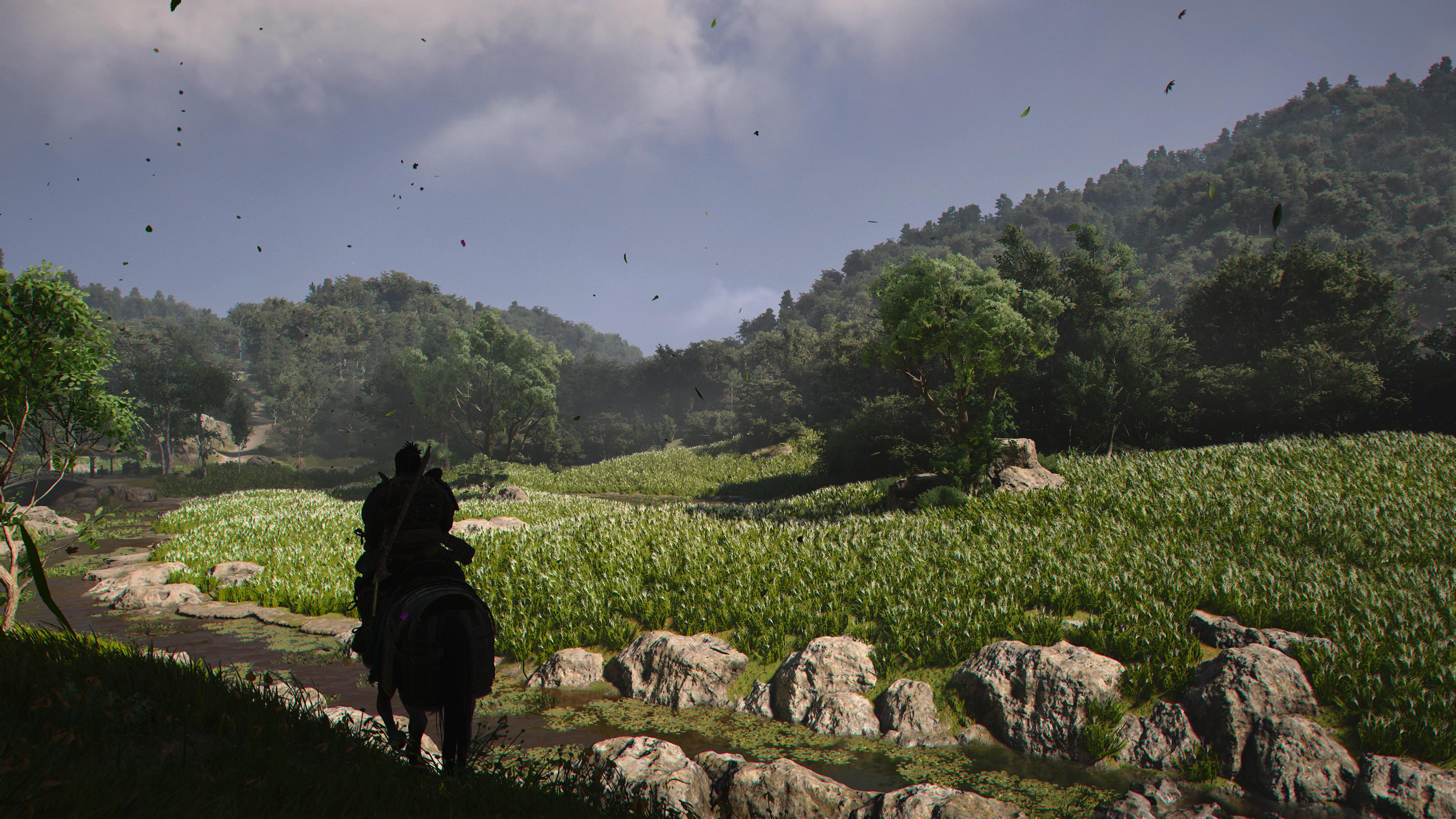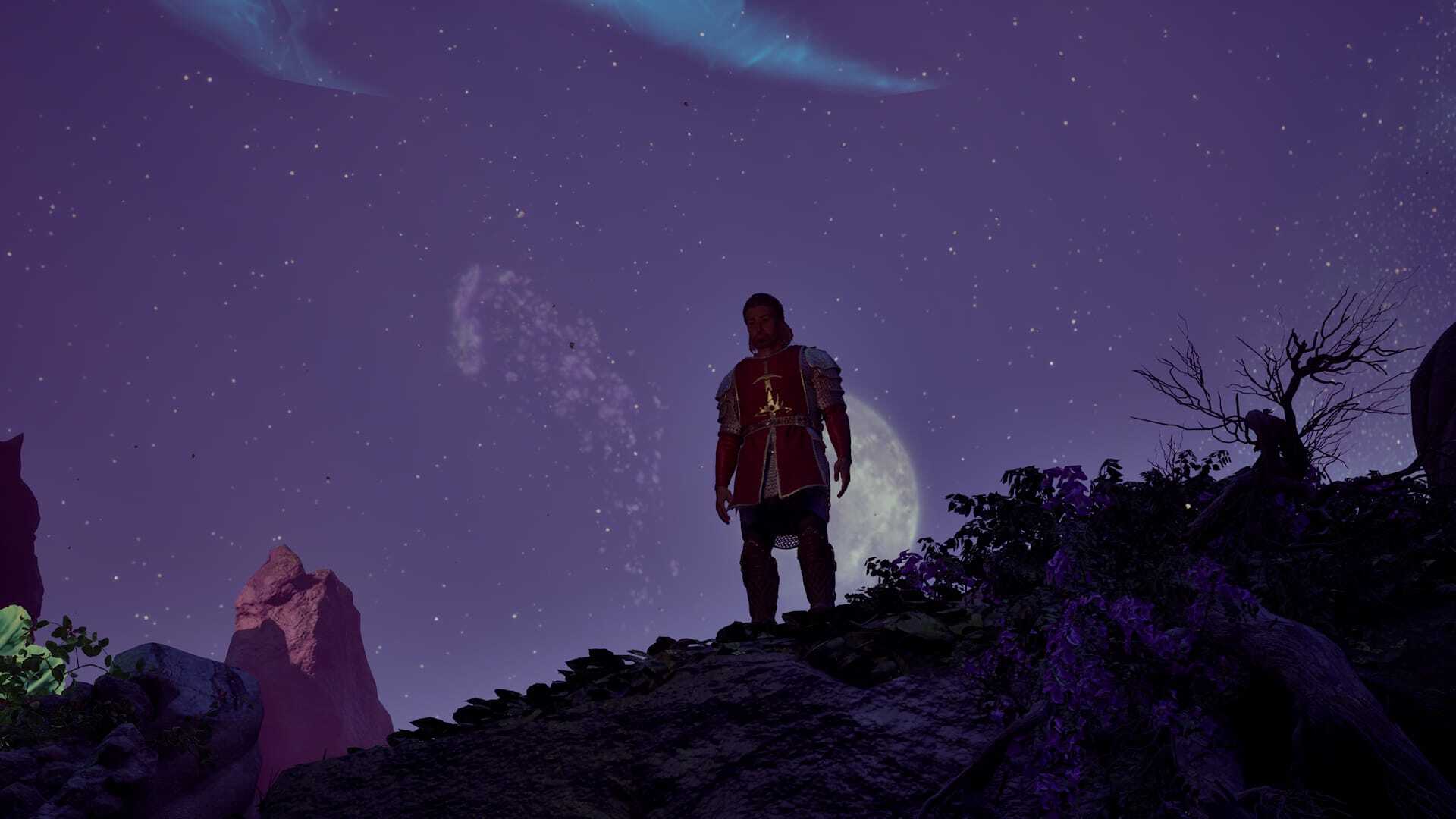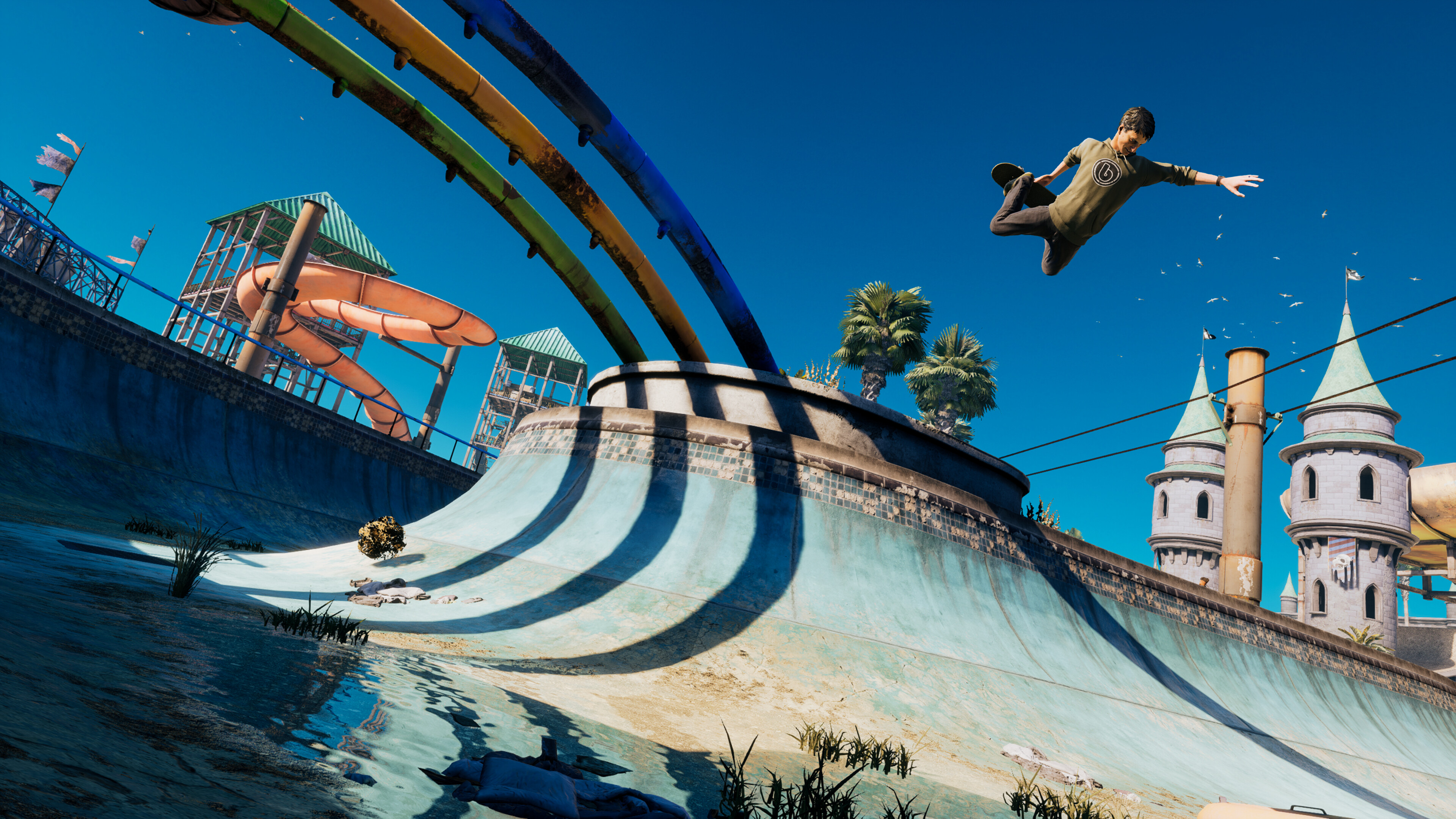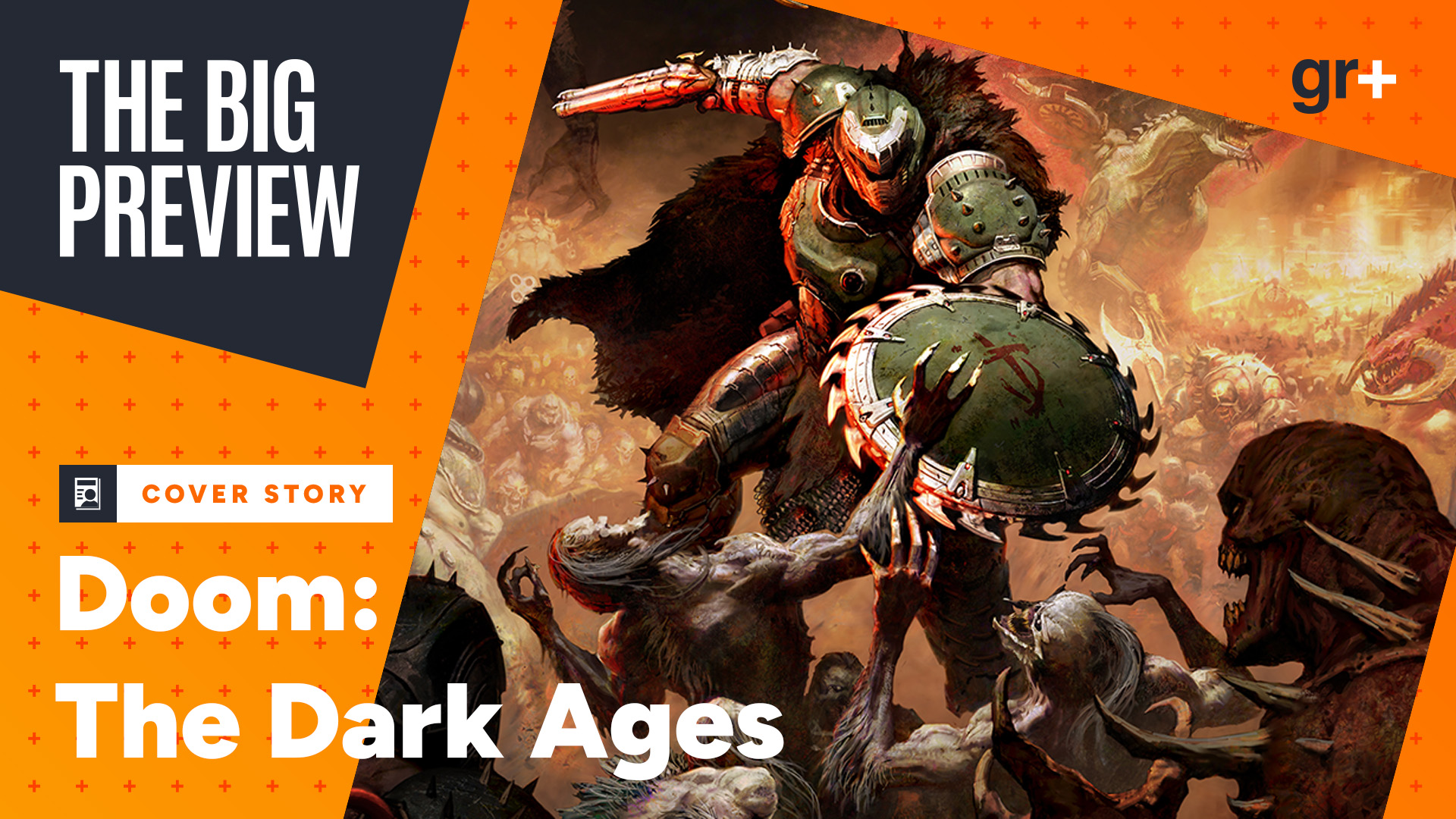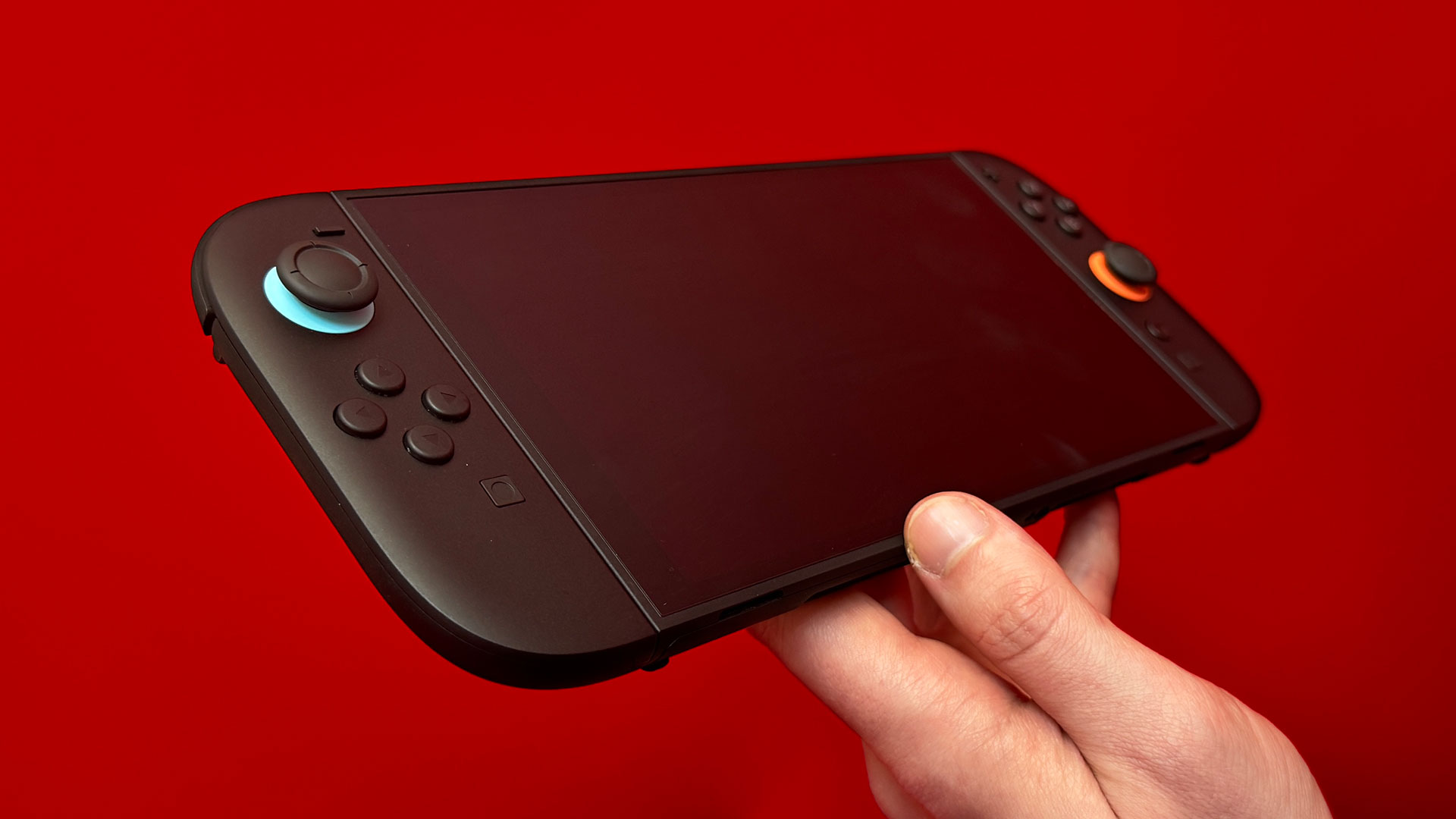8 boss fights that are way different from the rest of their games
Well that was unexpected
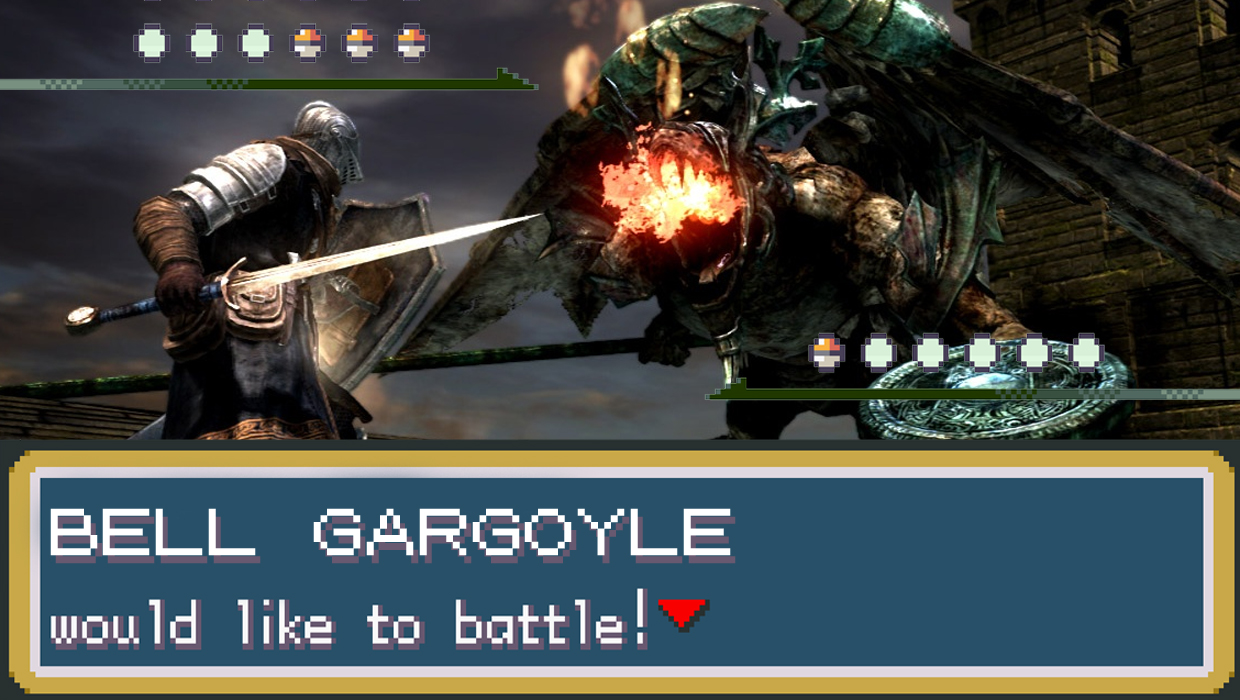
Sometimes a change of pace is good. We may love a game to pixels and be happy to while away our days in its digital landscape, but once you start hitting 10, 20, 50-hour benchmarks, variety starts to become a necessity. It's not hard to inject something different into the mix--some mini-games here, a couple of side missions there, maybe a boss or two with their own gimmick to nab our attention again. Come on devs, mix it up a little! Go crazy!
Well, okay, maybe not too crazy, because the more one thing differs from the game around it, the more likely it's going to feel out of sync. That's especially the case with boss battles that are so unique that it doesnt feel like they even belong in the same game anymore. Theres different and then theres straight-up mismatched, and if you push it to too faryou already did it, didn't you? You did it eight different times. Aww, frick.
Navarro - Uncharted
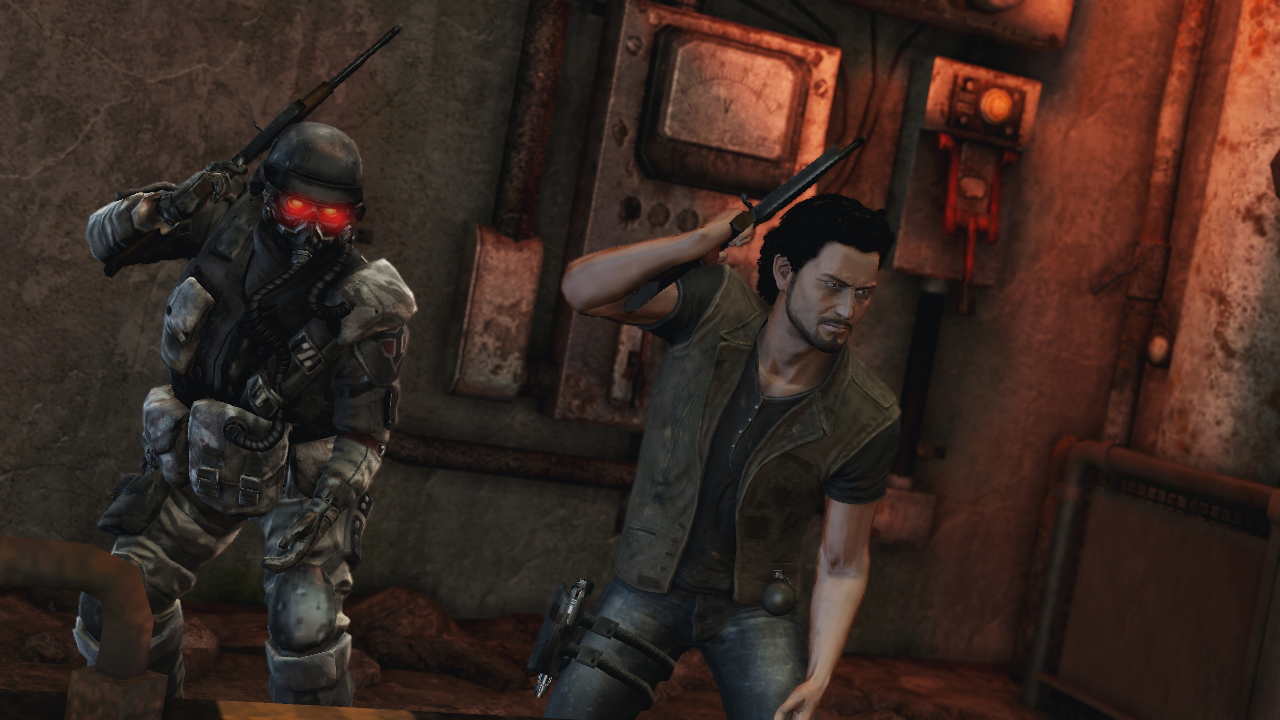
Uncharted is, for the most part, pretty open-ended in terms of how you beat down the waves of enemies thrown at you. As long as you follow the don't-get-dead rule, you can shoot/snipe/blow up mooks to your heart's content. All that goes out the window when you go toe-to-toe with Navarro, the game's devious final boss--and by toe-to-toe, I mean his gun to your face.
From the wide-open battlegrounds that fill the other 99% of this game, the final battle funnels Nathan Drake onto a heavily guarded tanker as he tries to stop Navarro from leaving the island laden with ancient cursed gold. The ensuing battle is comparatively claustrophobic, as Nathan is cooped into a small portion of the ship with only destructible boxes to hide behind. Regardless, its tolerable, and taking out the gun-toting maniacs that fill the ship is all a matter of skill. Then you get to the final-final encounter, disarmed and staring down the barrel of Navarro's rage (and also his gun). Cue jumping between boxes and throwing perfectly timed punches, where even the slightest deviation from the developers' plans ends in failure. Jeez, somebodys a control freak.
GLaDOS - Portal
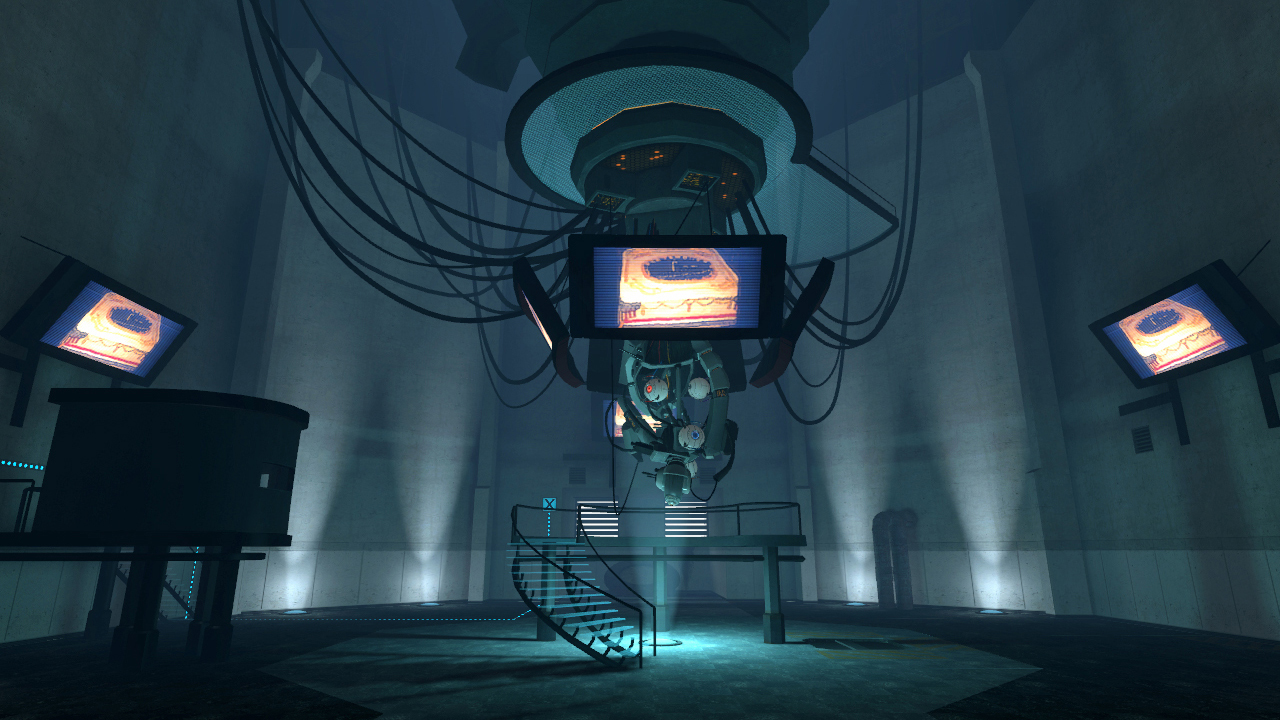
A game-changer among first-person shooters, Portal broke the gun mold by focusing more on puzzle-solving and physics manipulation than killing. Excluding the disturbingly cute turrets, Chell doesn't cause any sentient being harm during her excursion through Aperture Science. That is until GLaDOS tries to dispose of her still-living body, at which point the portal gun becomes a weapon of mass DOStruction.
Once Chell reaches GLaDOS' secret lair, the object of the game goes from shooting yourself across rooms to shooting the AI with rockets, knocking off and incinerating pieces of hardware that contain her personality. However, a straight-up boss fight feels really out of step with what comes before, since Chell's most violent act in the testing chambers is knocking over some egg-shaped bullet-douches. Plus, the fight is timed, so thoughtful pondering is right out while you try to deal with this brand-new kind of pressure. There are still puzzle-solving elements to it, since you have to figure out how to get each object from point A to point Burn, but in a lot of ways the change just doesn't compute.
Fontaine - BioShock
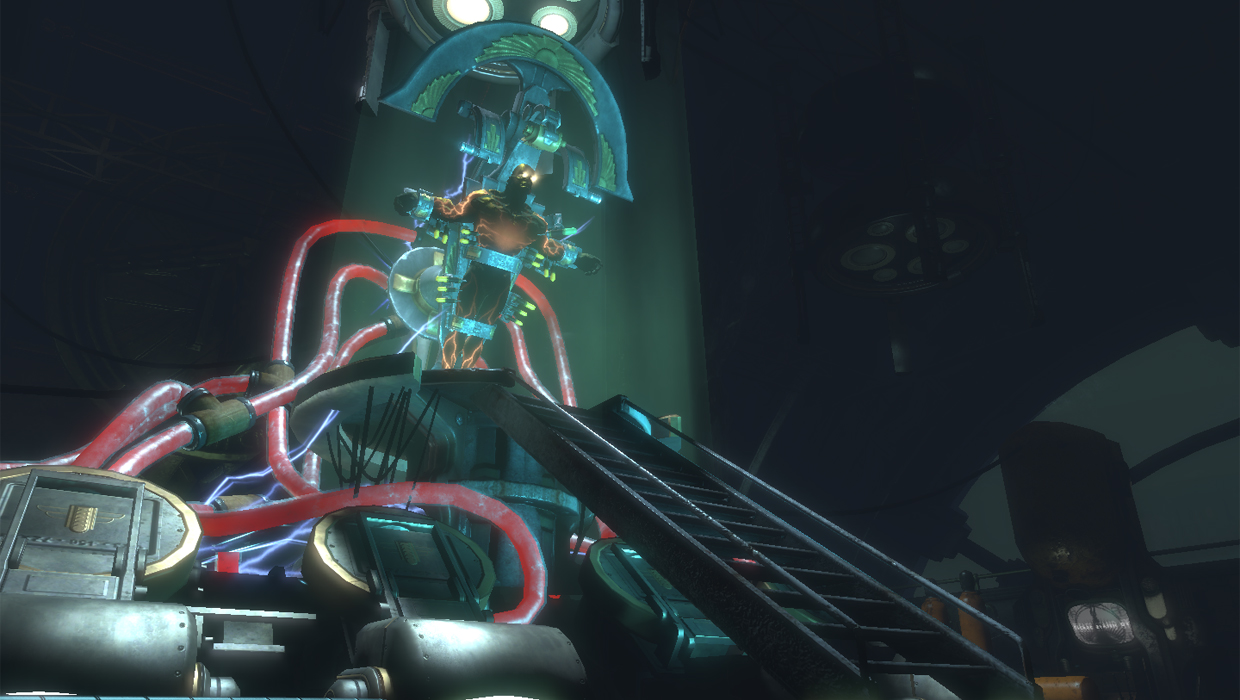
The story of BioShock is, first and foremost, the story of Rapture. Discovering what led to the citys downfall creates its own natural sense of rising action, so no need for clunky trope signposts to get you through. Instead, things develop organically from Raptures shattered ruins, instilling a sense of melancholy when you finally leave it behind. Oh, but you have to beat this generic three-tiered boss before you go. Thats cool, right?
Sign up to the GamesRadar+ Newsletter
Weekly digests, tales from the communities you love, and more
Compared to BioShock's natural build-up, its conclusion suffers from final boss shoehorning with the fight against Fontaine. Before the encounter, Bioshock's only "boss fights" are the optional, player-driven Big Daddies battles, and those don't yank you out of the experience for a bland beatdown. Fontaine, however, is completely separate from the rest of the world, a level unto himself. All of a sudden you're focused on a straightforward boss fight with no room for different choices or play styles, reducing the game to a pseudo-magical shootout. Compelled to take part in this forced charade? There's a man vs. slave joke in there somewhere
Mz. Ruby - Sly Cooper and the Thievius Raccoonus
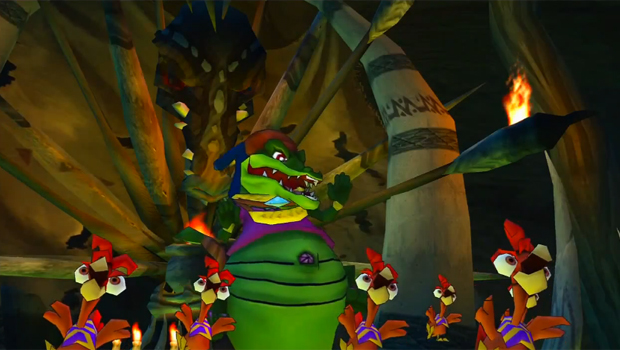
Sly Cooper is a man--er, mammal--of many talents. From sneaking to swiping to stealing the hearts of (literal) foxy ladies, there seems to be nothing Sly can't do. Which is good, because in the middle of some plot-important sleuthing, he travels to the jungles of Haiti and must defeat the heinous reptilian mystic Mz. Ruby in a voodoo dance off. Oh lordy.
Mz. Ruby's main method of attack is throwing objects conveniently shaped like Playstation buttons, which you have to match to keep Sly from getting knocked on his furry ass. Apparently this hurts our lady lizard somehow, because each time Sly passes one of her trials she loses a fat chunk of health. If it's confusing how that's supposed to work, its even more confusing how it's supposed to fit in a game comprised of stealth mechanics and boss beat-ups. Thankfully, it doesn't take much to bring Mz. Ruby down--you just need the power of dance.
Doppelganger - Prince of Persia
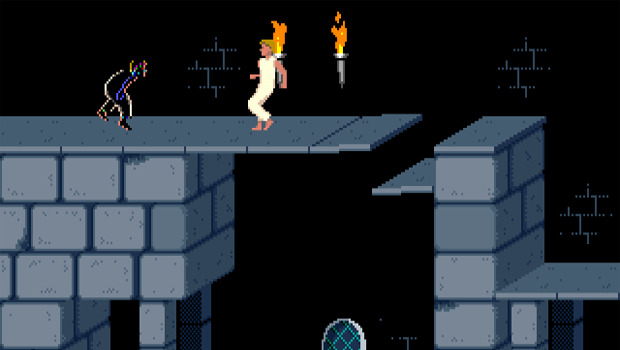
Unless youve had your head in the sand for the past ten years (and I mean, even if you have), youve probably heard of Prince of Persia: The Sands of Time. But did you know there was a Prince of Persia before that? No, its true! And it got quite a bit of attention in its day for having one of the most confusing bosses gaming had yet seen. A shadow version of the main character, the Prince's doppleganger does everything exactly as you do, so it's impossible to kill him without getting killed yourself. A difficult boss isn't weird for Prince of Persia, but the answer to defeating him is about as out of place as a Swede acting as Iranian royalty. You do nothing.
In a move that was new for not only Prince of Persia, but gaming itself, the answer to defeating the doppelganger was to have the Prince sheath his sword and walk up to the shadowy other, joining with him in one form. This pacifistic solution bewildered many players back in the day, since there are no other circumstances where the Prince can lower his sword without being ruined by enemies.
Adel - Final Fantasy VIII
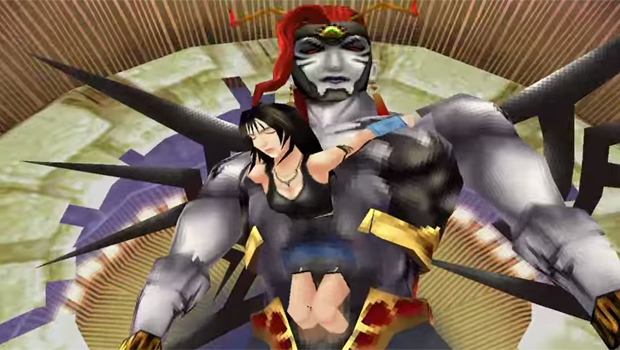
If there's one thing Final Fantasy has taught me, it's that the solution to everything is to beat the shit out of it. Childhood rival, vicious dictator, malevolent half-sword, half-clock god, the answer's the same. Kick the ever-living bejesus out of it, and the universe will thank you. That's why when I first played Final Fantasy VIII and got to the Adel fight--where you have to avoid hurting a friendly party member attached to the boss chest--my brain started to smoke.
Following a series of events infinitely too complicated and dumb to explain, monster sorceress Adel comes down from her space prison on a wave of sky-demons and absorbs leading lady Rinoa, forcing the party to fight Adel while not brutally killing their friend. That means all ranged attacks are out, as are summons, and for a game where summon-spamming is a perfectly legitimate strategy, that throws a wrench in the works. We can really only take so much insanity, Square-Enix--and we're the folks who were fine with Quina.
Gruntilda - Banjo-Kazooie
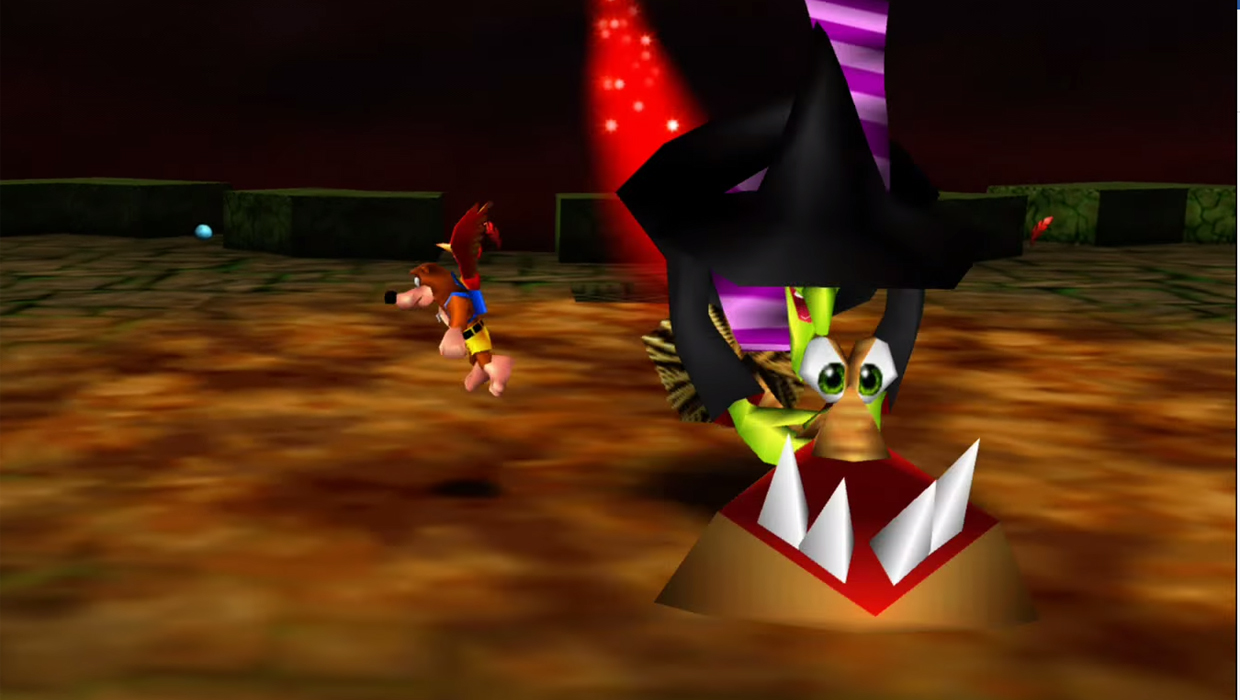
Banjo-Kazooie is the kind of game that prides itself on being weird and non-traditional. I mean, there's a sentient cheat code book! And garbage disposal whale-sharks! And you win the main character's sister back during a game show! This quirky title plays by no rules but its own, and its rules are freaking weird. Well, except for the final boss. Yeah, that is weirdly normal.
Like Portal, Banjo-Kazooie is solidly about one thing through most of its run: hunting around while funny stuff happens, and probably saving your sister at some point. However, it turns into something else right before the credits roll. Banjo and Kazooie climb to the highest point of the game's overworld and fight the kidnapping witch Gruntilda, at which point things play out like a pretty generic boss fight. Its disappointing when you look forward to more corny fun and get the same kind of final battle youd play in any other game. Well, at least they bring in colorful bird-lizard-creatures to assist, after you fill their statues with eggs. There's that weirdness we know and love!
Strider battle - Half Life 2: Episode 2
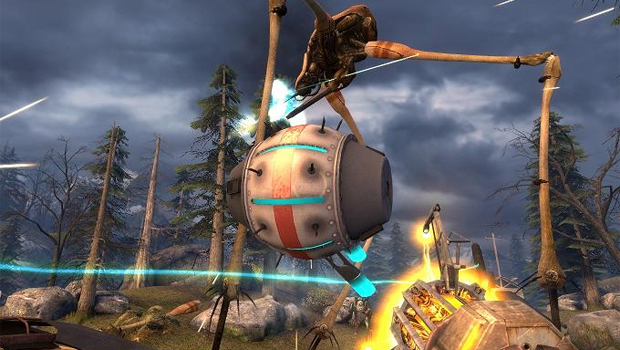
I hate you so much, Magnusson. First you show up like I'm supposed to know who you are, then you won't get over a twenty-year-old exploded casserole, and then you give me this thing. This ungainly ball I have to use against five-story-tall robots while their little underling friends try to turn me into mincemeat. Thanks for nothing, you jerk.
One of the most difficult fights in all of Half-Life 2, the strider battle that ends Episode 2 is made five times harder by the Magnusson Device--a magnetic ball you attach to striders, then shoot to blow it up. While the idea of one-shot-killing a strider is sick as hell, it's less amazing in practice. The devices can only be found at far-between dispensaries, so God help you if your aim is bad. Then if you manage to attach it to a strider you better be ready with that shotgun, because if youre not fast enough itll deactivate and you have to start all ovER AGAIN GODDAMNDJSKLFJSDKLFDAFDSJKLFD. Since this is the only "boss fight" where you do anything like that, the minute-long practice session you get beforehand doesn't help much. So yeah, fuck you Magnusson. I'm glad I ruined your lunch.
Former Associate Editor at GamesRadar, Ashley is now Lead Writer at Respawn working on Apex Legends. She's a lover of FPS titles, horror games, and stealth games. If you can see her, you're already dead.
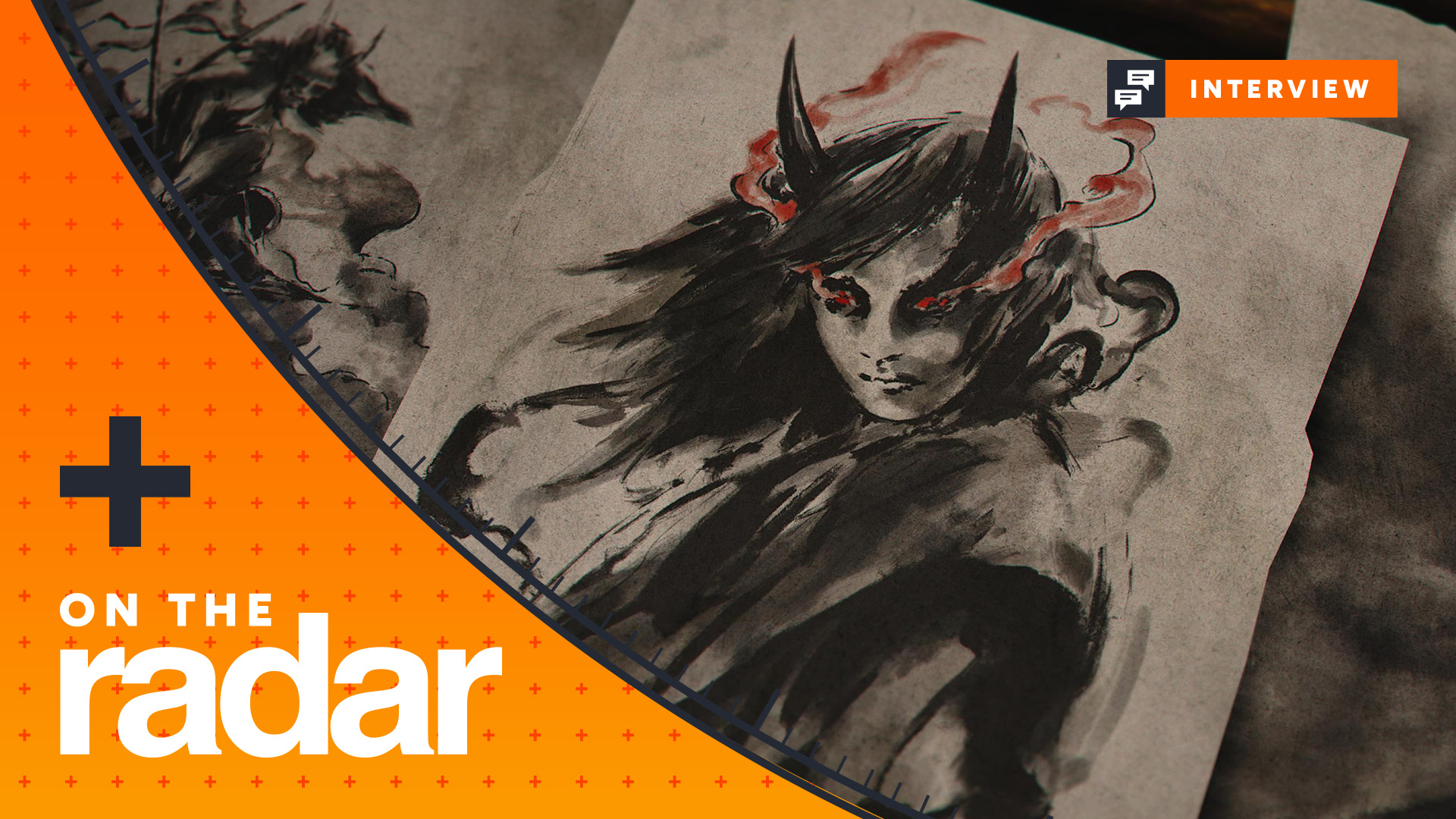
"I created Naoe how I would create a movie character," says Assassin's Creed Shadows star Masumi: "Just very full and honest and a whole human being as much as I can"
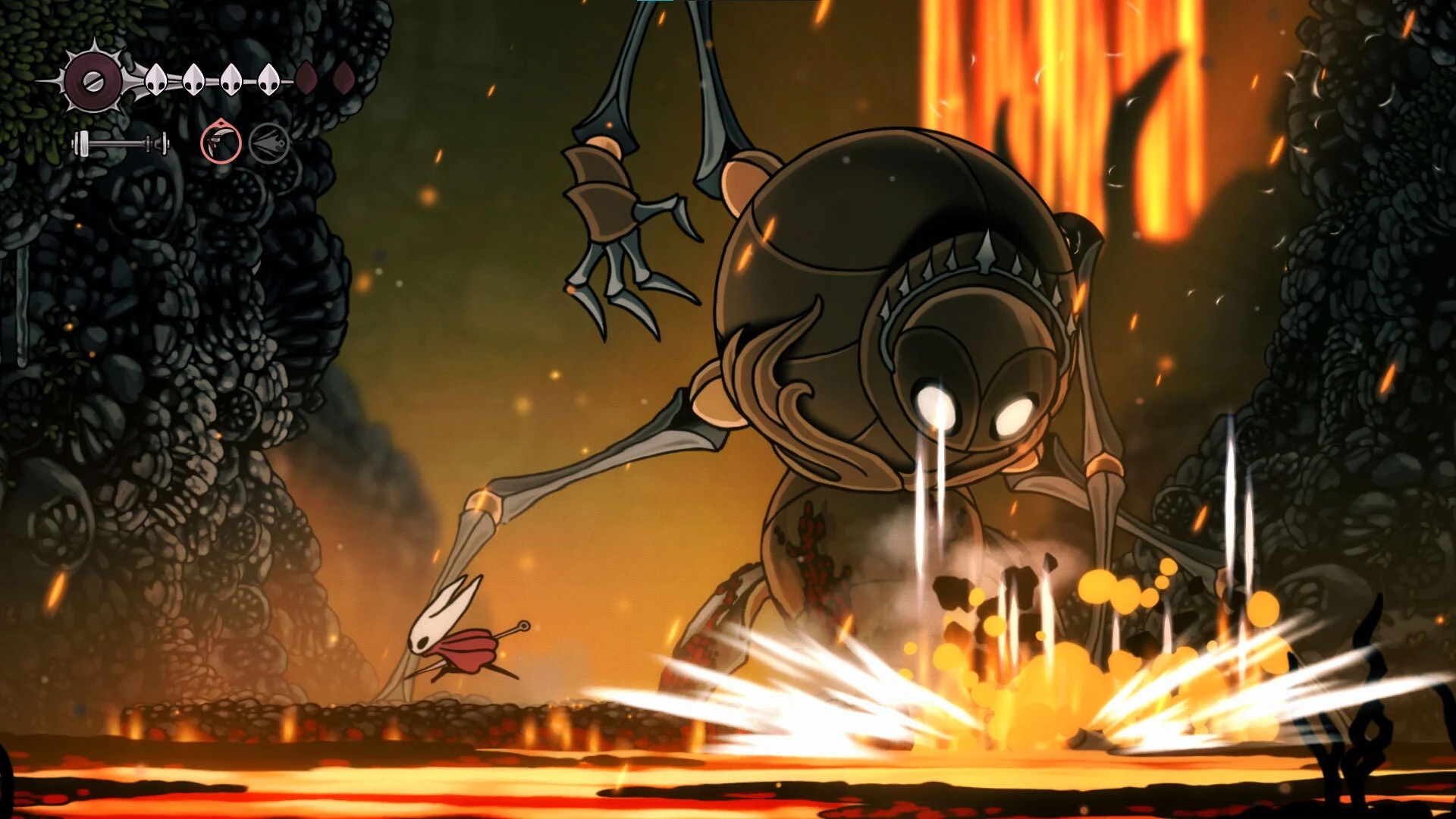
New Hollow Knight: Silksong screenshots show just how much Team Cherry's Metroidvania has changed in 6 years, making the remaining wait even worse

